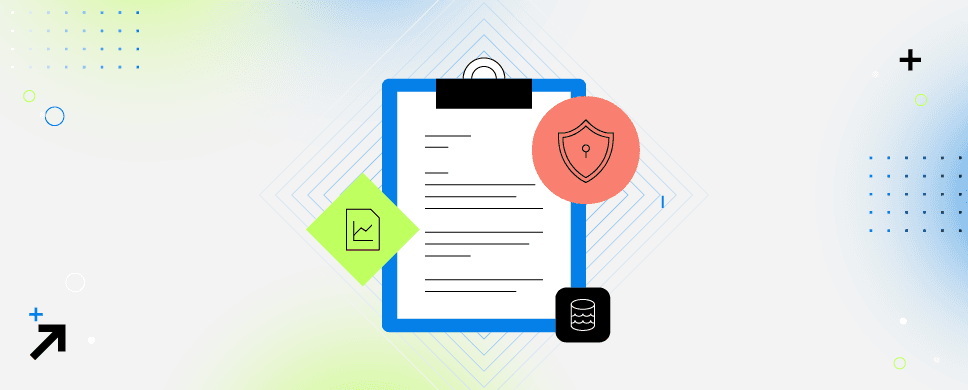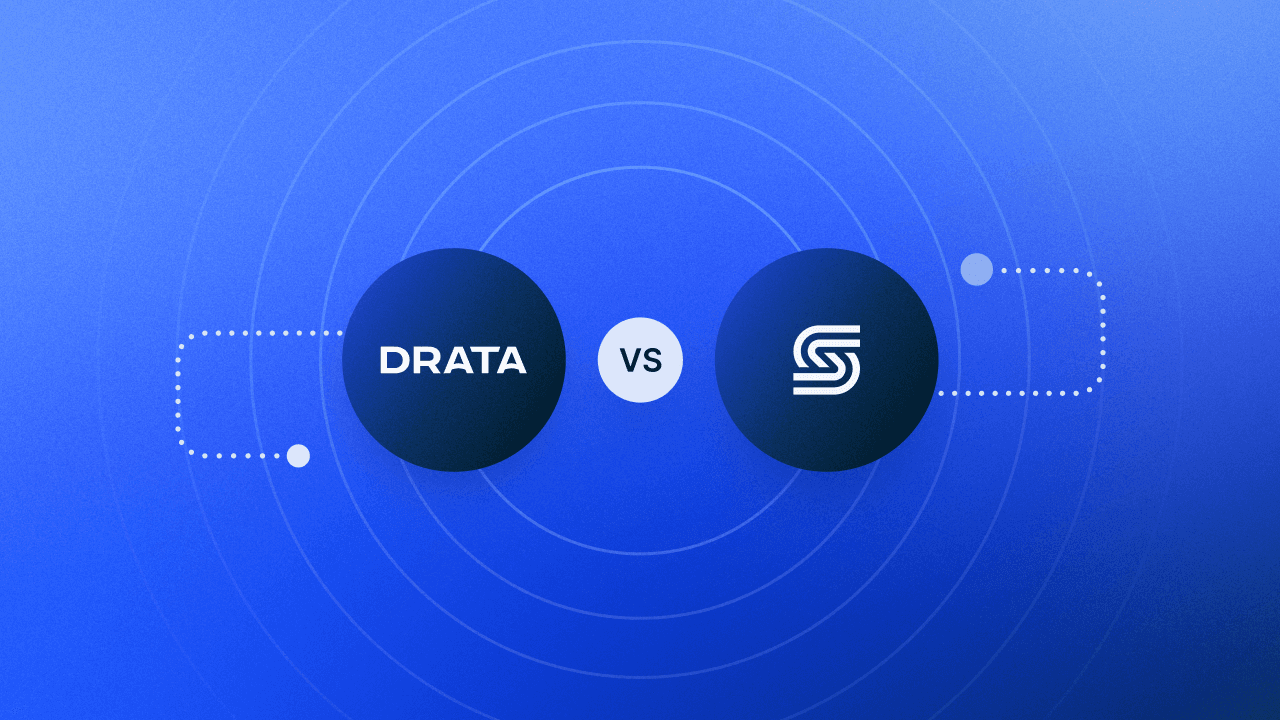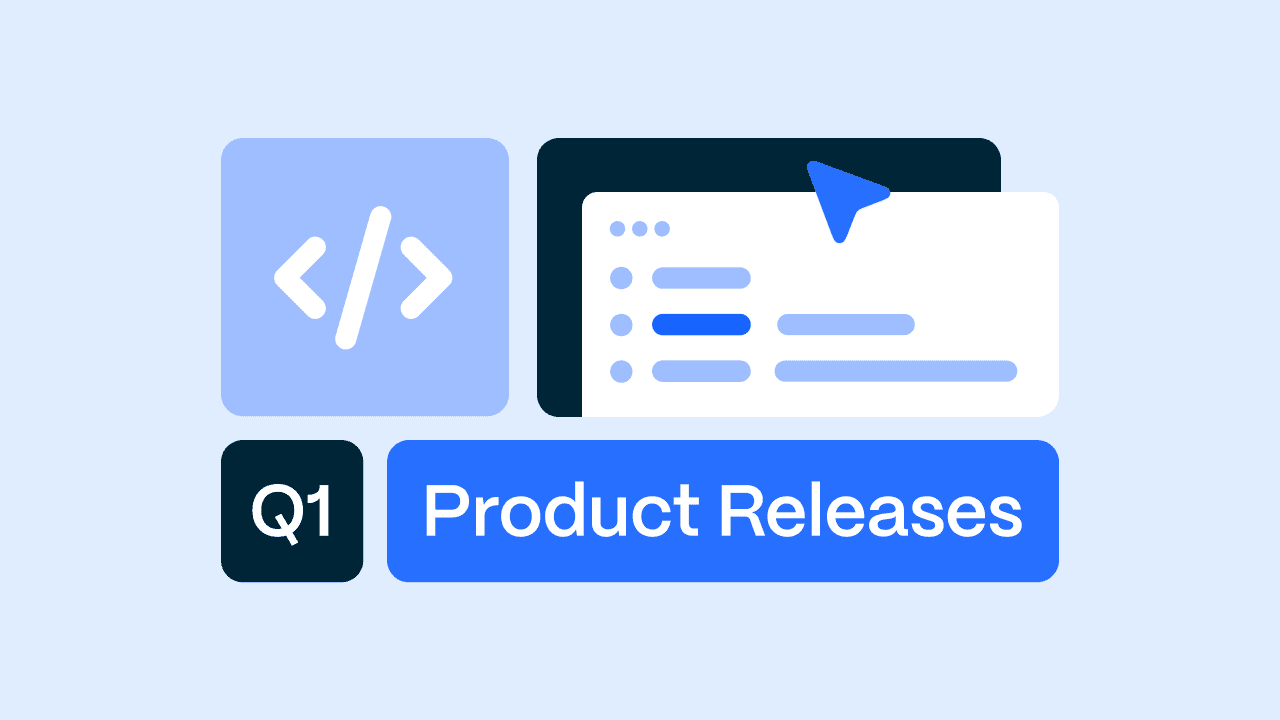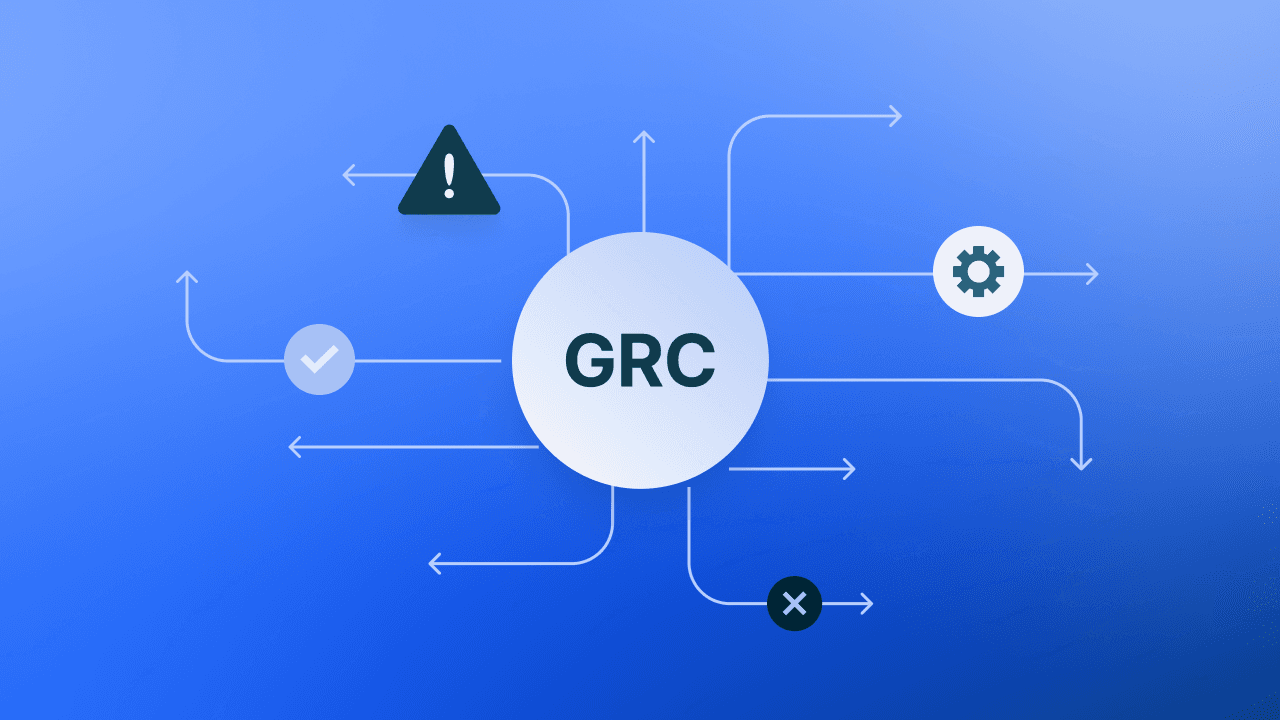Proving the ROI of Your Trust Management Program
To support the organization’s sales and compliance teams, proving the trust management program’s return on investment (ROI) is imperative.
Historically, organizations viewed sales as a revenue generator and compliance as a cost center. However, as data breaches increasingly sow doubt among buyers, the compliance department’s value as a business enabler grows as sales teams need rapid responses to vendor security assessments during the sales cycle.
In today’s competitive economy, a longer sales cycle increases time to revenue realization, potential for customer churn, and difficulty forecasting sales accurately. Meanwhile, buyers need assurance over a vendor’s ability to protect sensitive data. The constant push and pull of reduced sales cycle and time-consuming vendor security assessments creates tension between departments and for senior leadership.
In response, many enterprise organizations seek to adopt a trust management program and platform to improve sales cycle by reducing the time spent on manual tasks. To support the organization’s sales and compliance teams, proving the trust management program’s return on investment (ROI) is imperative.
Identifying the Friction Between Vendor Security Assessments, the Sales Cycle, and Revenue Goals
According to the State of GRC 2025, 38% of respondents view the primary focus of their Governance, Risk, and Compliance (GRC) program as business growth. Despite understanding the business impact GRC provides, the report found that 83% of organizations still struggle with a combination of manual and automated processes. When considering the impact that GRC has on business growth, eliminating friction between manual compliance processes and the sales cycle becomes mission critical.
Lengthy B2B Sales Cycles
In the business-to-business space, the sales cycle remains lengthy. The 2024 B2B Buying Disconnect Report found that while 87% of buyers complete their purchases within six months, vendors reported an average of 70% completing within six months with 89% reporting a 10-month cycle.
Additionally, the report noted that buying teams generally consist of multiple people:
30% of buying teams are 2-3 people
26% of buying teams are 4-5 people
8% of buying teams are 11+ people
Communicating with buying teams and responding to questions increases the sales cycle, especially when the purchase is a big ticket technology one. When integrating security vendor assessments into the communications mix, sales teams may have to answer questions from a buyer’s security team, then connect with their own GRC team, wait for a response, and then provide the buyer with an update. When this process takes longer, competitors who can respond faster gain the advantage and, possibly, the contract.
Impact of Non-Selling Activities
To make matters more complicated, the Salesforce State of Sales 2024 report found that most account representatives spend 70% of their work weeks on non-selling activities that include, but are not limited to:
Administrative tasks (9%).
Preparation and planning (9%).
Manually entering customer and sales information (9%).
Internal meetings and training (9%).
Buried somewhere within these tasks lies the great time consumer: vendor security assessments.
The average vendor security assessment can contain anywhere from 100 to over 250 questions. While account representatives may not be completing the assessments, they need to forward the documents to, follow up with, and answer questions from the GRC team member tasked with completing them.
Increased Customer Acquisition Cost (CAC)
Moving beyond the impact to the sales team’s productivity and sales cycle, inefficient manual vendor assessment response processes cost the organization money that reduces overall revenue. Logically and realistically, an organization with higher sales velocity has more vendor security questionnaires that require responses.
For example, consider the following:
The average security questionnaire takes three hours to complete manually.
The average hourly pay for a compliance specialist is $62.50.
The average enterprise organization of 38,000 customers is on target for year-over-year growth rate of 7%, a net new of 2660 security questionnaires.
Based on these numbers, the organization spends approximately $498,750 annually on vendor security assessment responses, not including the ones spent on buyers who fail to convert to a completed sale.
Using Drata to Reposition GRC from a Cost Center to a Business Driver
With Drata’s Trust Management platform, organizations can reduce the time and money spent on responding to vendor security assessments while improving the sales cycle and enabling account representatives to spend more time on selling activities.
Reduce Customer Acquisition Costs
With Drata’s self-service Trust Center capabilities, organizations can reduce the influx of inbound security questionnaires by an average of 80%. Applying this percentage to the estimated CAC impact of $498,750, an organization would save $4399,000 per year by granting prospect access to security documentation and compliance information in a secure, external portal.
Accelerate the Sales Cycle
In an era where people want to try something before they buy it, providing self-service access to a Trust Center accelerates the sales cycle. Beyond giving prospects the opportunity to get the information they need and share it with other members of the buying team, this access can help close deals faster. For example, Crossbeam’s sales team experienced a seven day reduction in their sales cycle by sending the Trust Center link when they created a new opportunity.
Reduce Non-Selling Tasks
By empowering prospects with access to a Trust Center, organizations eliminate the time that sales representatives spend coordinating internal GRC and external prospect stakeholders. By giving self-service access to security documentation, organizations eliminate manual tasks that clog sales pipelines, like:
Sourcing answers and documentation.
Exchanging multiple emails with the prospect or customer.
Internal cross-functional coordination, like assigning tasks, tagging responsible parties, aligning with other teams, tracking activities, reviewing work, and collecting approvals.
Improve Security, GRC, and Sales Team Collaboration
By incorporating Trust Center data into the organization’s customer relationship management (CRM) solution, sales teams can help identify high-priority, open pipeline deals that improve GRC and security team workflows. Managing vendor security assessments is part of the job function for GRC and security teams, but it is not their primary responsibility. With data-driven insights into high-priority deals, these teams can better allocate resources and target their activities in ways that align with sales team needs.
Quantify Security and GRC’s Business Impact
The integration of CRM and Drata’s Trust Center enables organizations to clearly tie security’s streamlined review process to closed won revenue. For example, organizations gain data-driven insights into how real-time security monitoring impacts key metrics, like:
Reduced deal cycle times.
Improved win rates.
Buyer engagement with security documentation.
How Drata’s Trust Management Platform Proves GRC’s ROI
As business growth increasingly becomes a GRC initiative, organizations need to provide their teams with the tools that transform them into a business enabler. With Drata’s Trust Center, organizations can:
Create proactive rather than reactive GRC functions.
Engage in security reviews earlier in the deal cycle.
Complete security assessments faster.
Tie security activity to revenue outcomes.
Quantify the cost reductions to prove operational efficiency.
Revolutionize compliance by turning it into a strategic sales tool.






